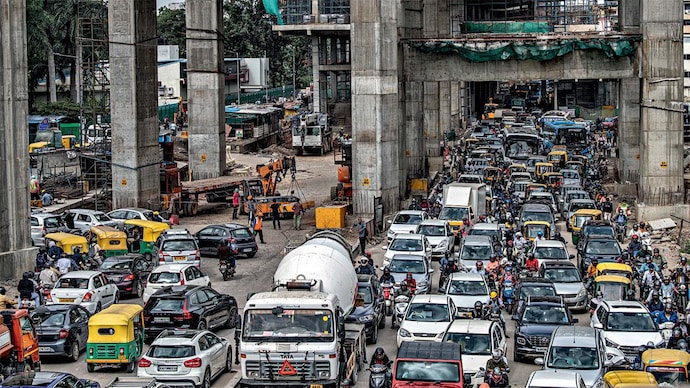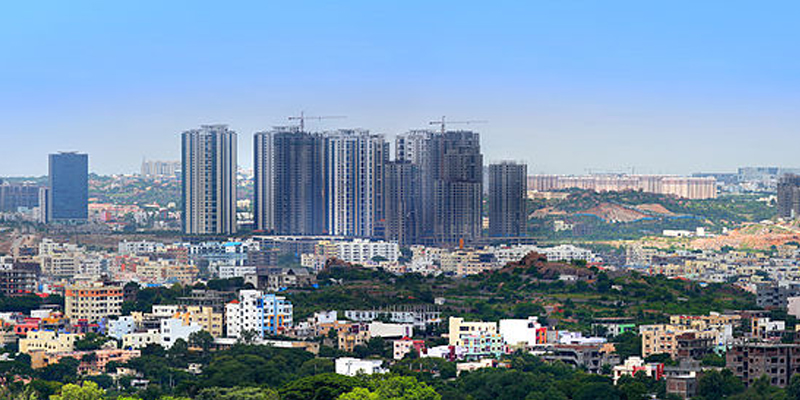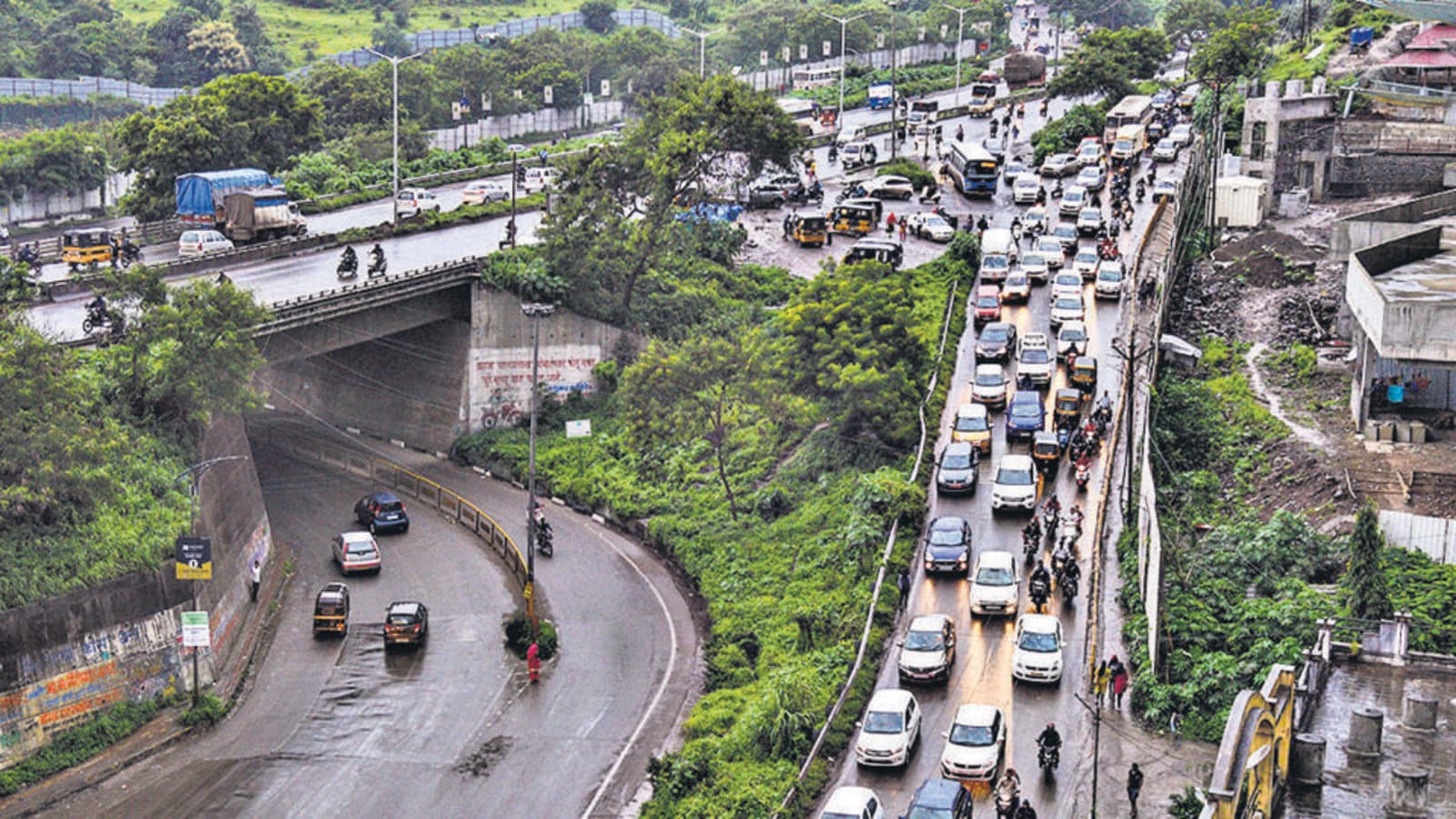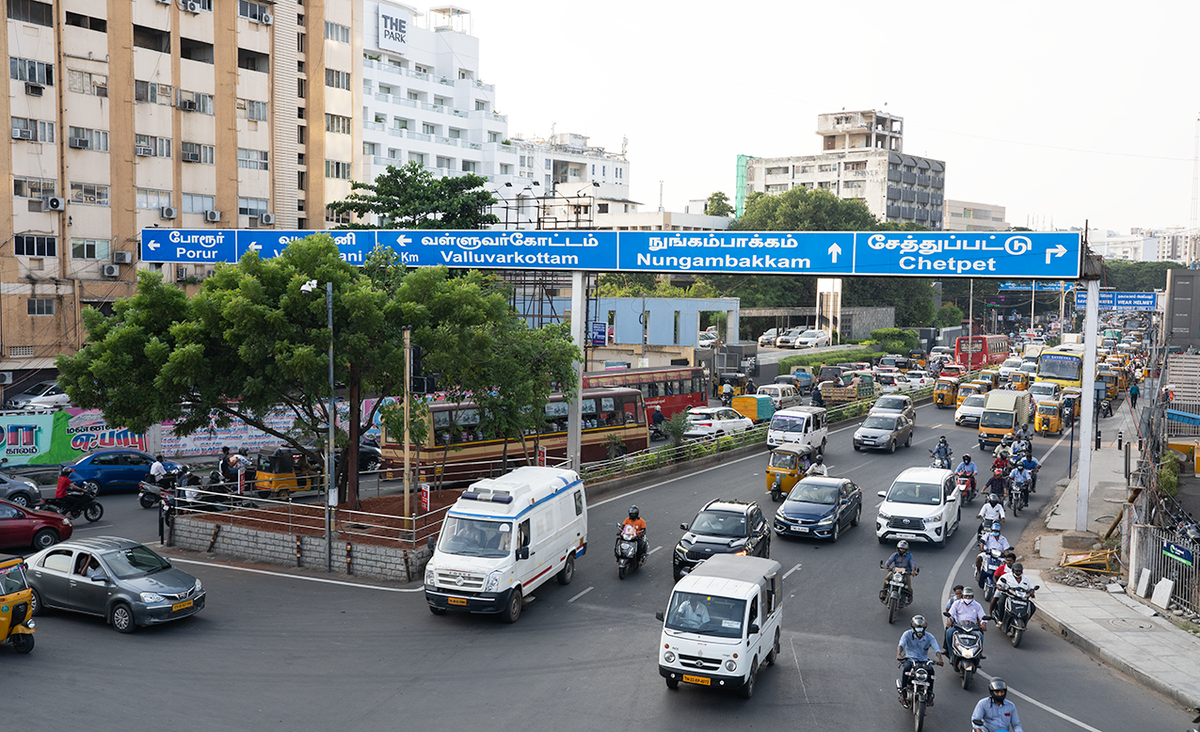Having a place to ourselves sounds mostly fun, but the independence also comes with a lot of responsibility. Something as basic as survival takes effort, and we hardly acknowledge the literal cost associated with it. It also means renting a place, buying our own food travelling using whatever public vehicle costs less – and more.

So, we checked with people about how much is the cost of living in their city. And the answers are a revelation.
1. Delhi
“₹40K per month. That too you won’t be able to save much at the end of the month. You have rent and a good flat that’s spacious and well-ventilated is expensive, add getting groceries (spices etc you can buy once a month but things like milk and vegetables that’s perishable need to be bought weekly), which is expensive. Now let’s take leisure activities like going out to eat, watching a movie, or just treating yourself after a rough week. You can survive on ₹40K – you won’t be living neck to neck/ paycheck to paycheck each month.”
– Snigdha Oreya

2. Mumbai
If you share the apartment with one other person, it costs around ₹10K – ₹15K. The cost can vary based on area. For food, the total minimum cost for all meals is ₹200. I travel in the local or in an auto. The total expenses add up to ₹30K. But this can easily go up, based on different factors. This is the minimum cost.
– Aman Sharma

3. Kolkata
“Let’s say you spend ₹3K on travelling, ₹5K as rent, ₹10K on food and others. For a bachelor, around ₹20K – ₹22K would be enough to survive.”
“Rent: Take a flat in sharing ₹15K – ₹20K in total good places like Bhawanipur, Kalighat Alipore. You can also get a room on rent for ₹5K – ₹6k but only in housing areas.”

4. Bangalore
“Cost of living in Bangalore, like any other city, varies depending on the lifestyle choices, accommodation preferences and spending habits. To give a rough idea:
Rent for 1BHK apartment may range from ₹9K – ₹35K. Monthly expenses on food could be around ₹5K – ₹10K. Bangalore has various transportation options including buses, autos, etc. These could cost anything between ₹3.5K – ₹5K. Other utilities and miscellaneous cost around ₹2K – ₹7K per month. Considering this, a rough estimate for a month in Bangalore could range from ₹19K – ₹55K.”
– Poorvi Bhargava

5. Hyderabad
“The average amount needed to survive in Hyderabad is approximately ₹30K per month. This includes basic expenses like housing, where around ₹10K – ₹16K could be spent. Transportation can be around ₹3K – ₹5K. Food expenses can be anywhere from 5-8k per month.”
– Gayathri Shenoy

6. Pune
My expenses amount to roughly ₹20K – ₹25K, covering various miscellaneous items. Basically, I allocate around ₹5K for medical expenses and groceries. The combined costs of the light bill, internet, and phone bill amount to another ₹5K. ₹3K – ₹4Kon petrol, to meet transportation needs. And ₹4K to pay the salary of a house help who assists with tasks like making chapatis and washing dishes, easing the burden of household chores.
– Harshit

7. Chennai
“Rent – ₹18K – ₹25K for 2BHK. Electricity bill of around ₹800 – ₹5K depending on the season. Water bill – depends on the society you live in. Gas – ₹1K. For entertainment, you need around ₹5K – ₹8K. Finally, for groceries, you need ₹3K – ₹4K. Also, budget ₹1K – ₹3K for the house help, it also depends on what kind of work you want her to do. These are approximate costs. They can be lower or higher depending on the kind of spender you are.”

8. Ahmedabad
“If you work in a corporate, then ₹30K is enough as a fresher. These few points can help you. Take a shared room so that the rent won’t go beyond ₹4K – ₹5K. Considering hiring a cook, it’s more affordable than eating out or ordering in. Try to take a flat near your office location, you’ll save money while travelling. Consider BRTS and shared autos while travelling. You can easily survive below ₹15K.”

This is probably the one time when number matters.
Please note that ‘surviving’ here means – having a roof above your head, food on your plate and some money to indulge in basic desired activities. Also, people have given answers according to their lifestyles, and the figures may vary from one person to another. However, the range remains the same for everyone.

















